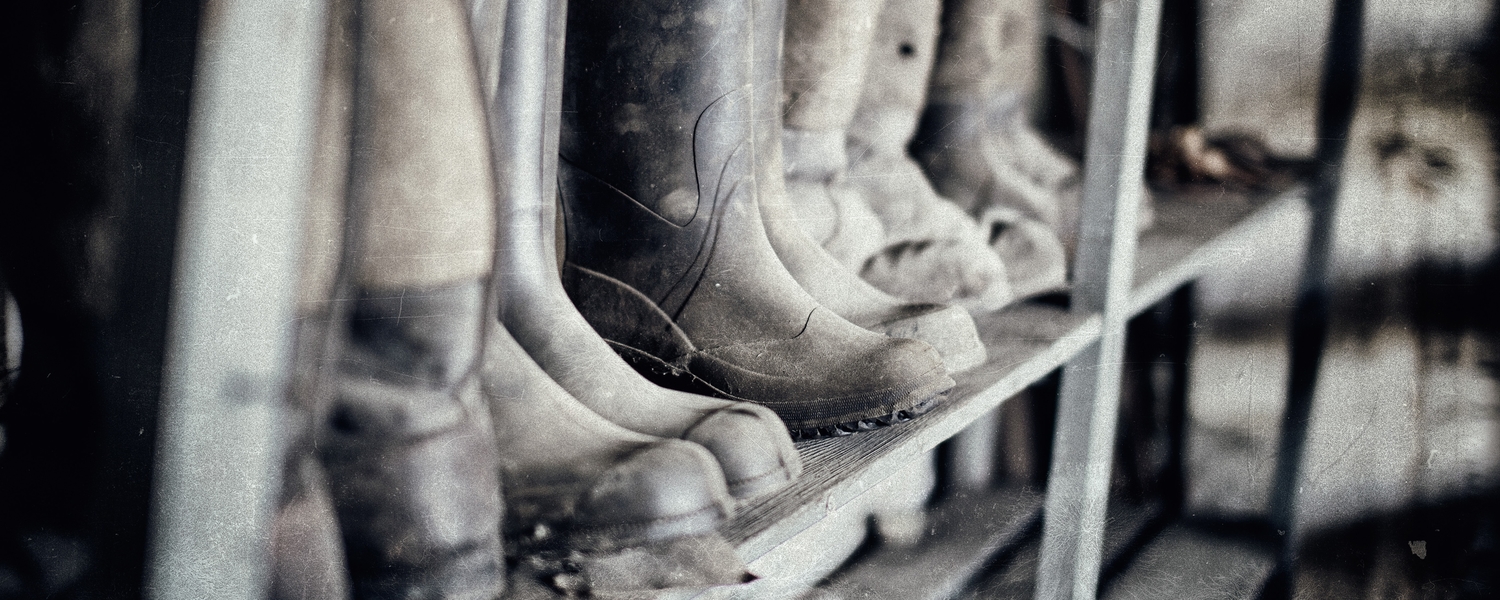
Biosecurity
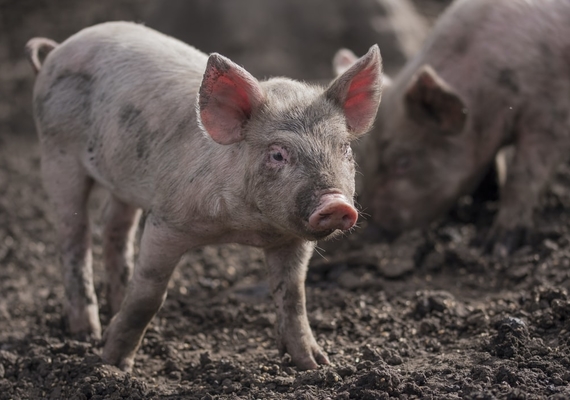
What is Biosecurity
Even though veterinarians are able to treat and cure infectious diseases in animals, veterinarians and other animal health professionals work very hard to prevent animals from getting sick in the first place!
The procedures and methods we use to protect animals (and humans) from infectious agents is called biosecurity!
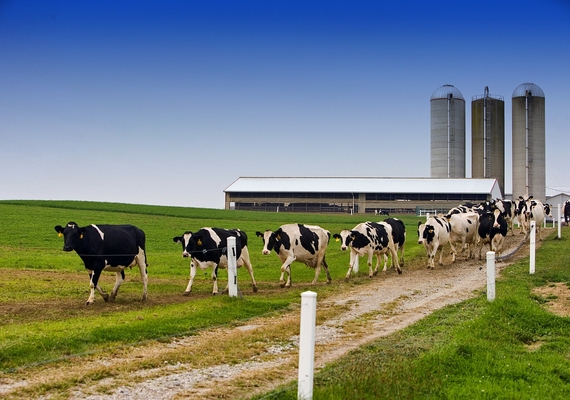
We use biosecurity practices to keep animals healthy in all sorts of settings
For example, in a vet clinic we always disinfect our exam tables between patients. But we can really see the importance of biosecurity in our agricultural industries.
In order to keep farms healthy, we try to limit the possibility that diseases can spread between farms. This way, if the animals on one farm get sick, we can contain the illness within that one population and keep our other operations disease free!
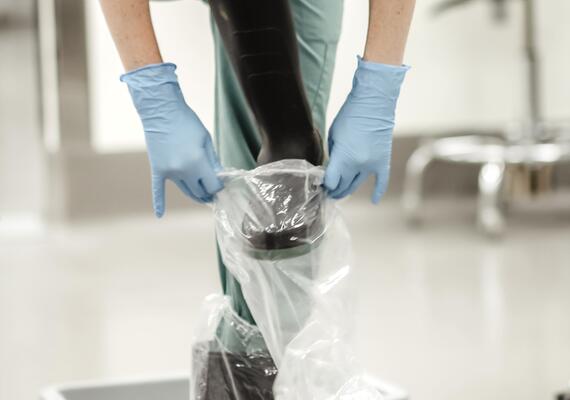
Biosecurity Terms
To do this we must limit the number of people, animals, and objects, like vehicles and feed, moving between farms. This is because people and animals can act as vectors and objects can act as fomites for infectious agents.
Vector = a living organisms that can transmit infectious agents
Fomite = an inanimate object that can transmit infectious agents
We also want to keep track of any of these things that might be moving between farms! This way, if a producer notices that some of their animals are getting sick they can determine what farms they might have come in contact with. Together, producers, vets, and regulatory bodies, like the Canadian Food Inspection Agency (CFIA), can use this information to figure out where a pathogen might have come from and which animals might be at risk for the disease!
So how do we do this?
To protect our animals, we use a number of practices to limit the possibility of spreading pathogens into the areas where they live.
-
Washing/sanitizing hands before and after going into the space where the animals are housed
-
Restricting access to the area where animals are located to only essential people
-
Quarantining new animals to make sure that they aren’t carrying any diseases
-
Wearing disinfected rubber boots or shoe covers
-
Wearing coveralls over our clothing
-
Disinfecting/sanitizing objects that may have been on other farms
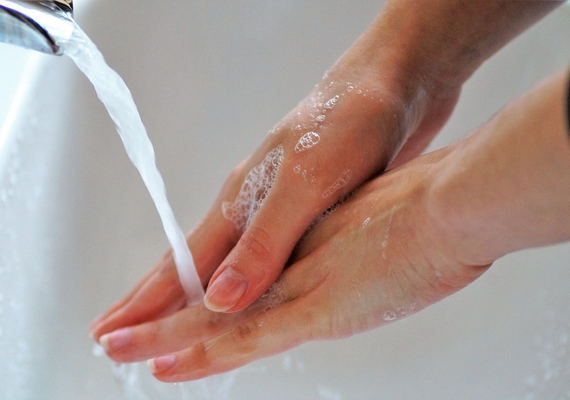
A pathogen is a bacteria, virus, or other microbe that can cause disease
Certain practices, like wearing rubber boots or coveralls that we remove after also helps prevent us from bringing potential pathogens from the animals we were working with to other farms! Some pathogens that affect animals can affect people too, so these practices also help us protect ourselves!
At the vet school, we always wear clean coveralls and boots when going to interact with our cattle and our horses! You will also see in our bovine and equine wards that we have a boot dip we use to sanitize our boots before and after working with our animals. We also wear clean scrubs, lab coats, and runners when working with our teaching cats and dogs, and change lab coats between cats and dogs.
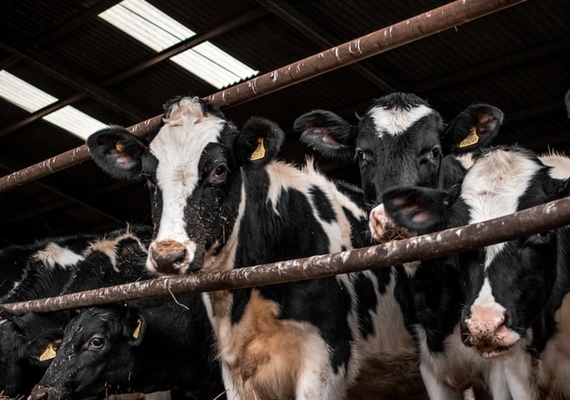
Biosecurity in Different Industries
Different commodities (or types of farms) use different levels of biosecurity. Beef and dairy farms tend to have fewer biosecurity requirements than pork or poultry farms. Pigs and poultry actually share a few viral diseases with people, such as certain types of the flu, which makes keeping an accurate visitor record very important! And because of how they are housed, diseases can pass through these types of farms very quickly. As a result, biosecurity with poultry and swine farms tends to be very strict. Some farms are even shower-in-shower-out facilities. This means that you have to take a shower and change all of your clothing before you can enter into the barn! Imagine the Danish Entry from below, but instead of a bench, you have to walk through a shower!
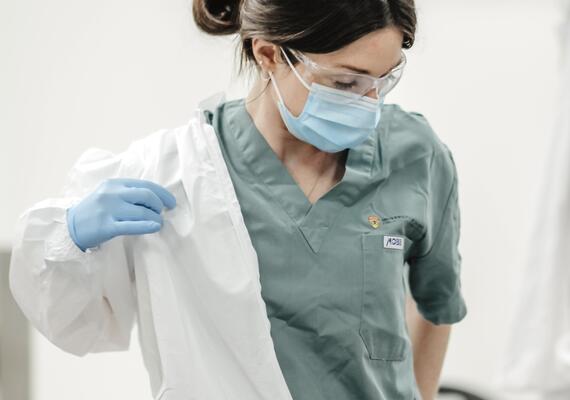
We are all Experts
During the COVID pandemic we learned many of the things that we talked about above in our everyday life! For example, people are wearing masks and washing/disinfecting their hands frequently to help prevent the spread of disease. If people left the country, they had to quarantine in order to ensure that they are disease free before going out into public.
Donning and Doffing PPE
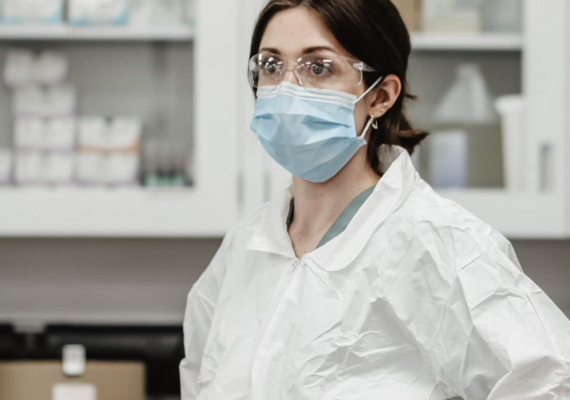
Personal Protective Equipment
Personal Protective Equipment or PPE are barriers like coveralls, gloves, boots, that protect a person from acquiring or transmitting a disease. PPE is an important part of biosecurity, but it must be used in conjunction with proper cleaning and disinfection.
It is very important to put on/don and take off/doff PPE appropriately! These barriers must be put on so they are appropriately protecting you while you are wearing them. Additionally, they must be taken off appropriately to ensure that you are not contaminating yourself or other surface and transmitting a disease.
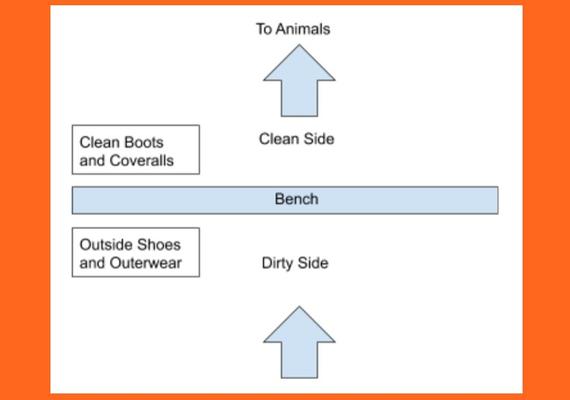
Danish Entry
In order to aid the proper donning and doffing of PPE and containment of pathogens, some farms and isolation wards use something called a Danish Entry! This is a special set up that we may encounter before entering a barn. Before the entrance to the barn there will often be a bench or a piece of wood to mark a “dirty side” and a “clean side” - like this diagram.
On the dirty side, we can sanitize our hands, sit on the bench, and remove outer footwear and don boots without our socks touching the floor and coveralls, then step over the bench to the clean side. Once we are done, we can sit on the dirty side of the bench and carefully doff our boots and coveralls, sanitize our hands, and then step onto the clean side!

Alternatively, we can use rooms or lines to demarcate dirty and clean areas of our barns or hospitals
Here we have a clean side, an anteroom, and a dirty side. An anteroom is a "clean" area where we can don and doff our PPE when moving between the clean and dirty sides.
On the clean side, we remove outside footwear and put on boots and remove any unsuitable clothing or accessories to be worn under coveralls or gowns, like lab coats. We then move through a boot dip into the anteroom and sanitize our hands. Here we don our PPE, such as gloves, goggles, coveralls, and boot covers. Once we have appropriately donned our PPE we can move through the boot dip into the dirty side and go to work! Once we are done, we carefully remove our dirty boot covers and move through the boot dip to doff the rest of our PPE appropriately in the anteroom. Once all PPE is removed, we sanitize our hands and move through the boot dip to the clean side!
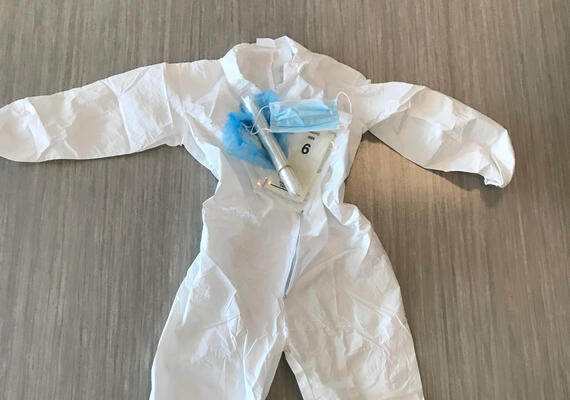
YOUR TURN
To practice your biosecurity donning and doffing skills, you will need a few materials from your swag bag. The materials you will need are as follows:
1. White Coveralls
2. 2 Plastic Booties - found wrapped in a roll with the rectal palpation gloves
3. Gloves - you can use sterile gloves for this
4. Surgical Mask
5. Surgical Cap/Bouffant
Please see the image on the right for reference.
Enjoy practicing donning and doffing your PPE!
Donning and Doffing
Donning and doffing are extremely important skills which involve safely and systematically putting on and taking off personal protective equipment (PPE) used for biosecurity purposes. Watch this video to see donning and doffing in action!
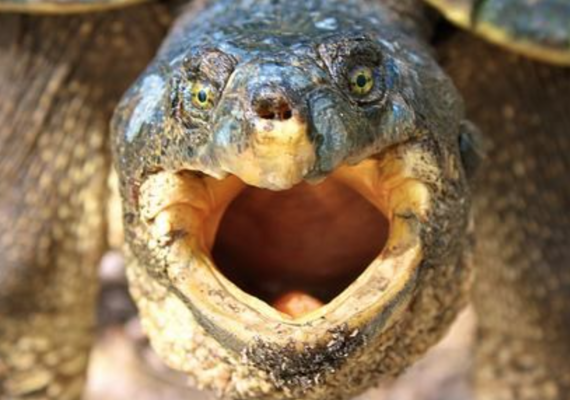
QUIZ TIME
Congratulations! You have made it through all the exotics and zoo day online content!
Click this button to a Kahoot quiz to test and solidify the knowledge that you have learned today!
Good Luck!
Image Credit:https://i.chzbgr.com/full/5107917824/h33832CFA/acting-like-animals-cannot-unsea-turtle
